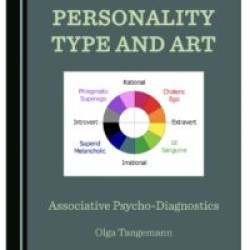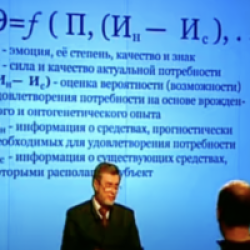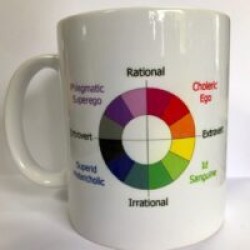In the book «Socionics» By Aushra Augustinavichute (page 78) the explanation starts from far — with 4 tacts of body energy metabolism — 4 body tacts.
Ne to Fe to Se to Te.
Ne — potential energy, bottom dead point, and the mass of the internal picture of the object, its structure
Fe — excitation contraction, process of converting potential energy into kinetic energy — a change of the internal structure of object including fluctuation.
Se — kinetic energy (the top dead point — ignition).
Internally mobilized object, its fine structure and the external shape of the object
Te — work , consumption of the kinetic energy of the object, changing its coordinates and the entropy as a result of a reversal of the fine structure of the object, its demobilization, the return to the resting state.
She writes that the organism is always in one of the states of these four otherwise it would stop to exist. And because every body-tact leads to the changes in the field — every body-tact has a certain field- tact. And then it is written in bold: THE FULL TACT OF ENERGY METABOLISM (EM) CONSISTS OF ONE BODY-TACT AND ONE FIELD-TACT.
At the heart of every act of the field-tact are such fundamental phenomena of nature as gravitational and electro-magnetic fields, gravitational and electro-magnetic waves. Potential energy is related to gravitational field and kinetic energy electro -magnetic field.
Excitation is associated with electro-magnetic waves and work with gravitational waves».
Ne- Potential energy of the body/object; Ni — gravitational field.
Fe — object’s/body internal dynamics; Fi — electro-magnetic waves .
Se- object’s/body kinetic energy; Si — electro-magnetic field.
Te — object’s/body external dynamics; Ti — gravitational waves.
Ni-to — Ti — to — Si — to- Fi — to — Ni.
Ni- gravitational field.
A field, which distorts the space and the trajectory of other objects, or time as the interaction of successive processes.
Ti- gravitational waves
Si- electro-magnetic field.
A field, in which the attraction and repulsion of other objects occur, or space as the interaction of the processes at the same time.
Fi — electro-magnetic waves;
alternate attraction and repulsion of objects.»
A. writes about connection between energy metabolism and information metabolism. All changes in the body is not just an act of energy metabolism (EM) but also an informational sign to other living objects. And because she says of this intrinsic connection between EM and IM — 4 tact of EM correspond with 4 tact of IM — AND ONE DOES NOT EXIST WITHOUT ANOTHER.
Aushra refers to Jung saying that in his work it was known that body tact and field tact form homogeneous pairs. For example, Ti is a moment of Te;
… is a moment of Fe because Fe and Te reflect on dynamics and processes and Ti and Fi belong to statics.
Every body tact has homogeneous field tact:
Ne Ni —Fe Fi— Se Si— Te- Ti—
However, a different order is also possible
Te — Se — Fe- Ne
The difference is that in the second order it start with the capture of the object and finishes with the learning about objects qualities and decideing whether it is necessary or not. While in the first order it starts with the interest to the object.
As I understand Aushra paired two different elements in the model also because it gives the person a better (more objective) understanding of the world around him (reality) as one element of IM is continuity of another.
She also refers to Jung by saying that one block (a pair of functions) in the models A starts with the body-tact and finishes with the field-tact. In this block extraverted information about the state/quality of object transfers into the information about relation of ona object to another. that is what is on the object inside is transferred into the external world — according to Jung «becomes extraverted.»
Other blocks of elements starts with filed- tact and finishes with body -tact. Information about relations among the objects transfers into the information about state of the object or what happens to the object — according to Jung, information becomes introverted.
that is why we have introverted and extraverted blocks in model A.
I believe that this is Aushras argument ( in short) why we suppose to have two elements in the block of the model paired extraverted with introverted elements.











